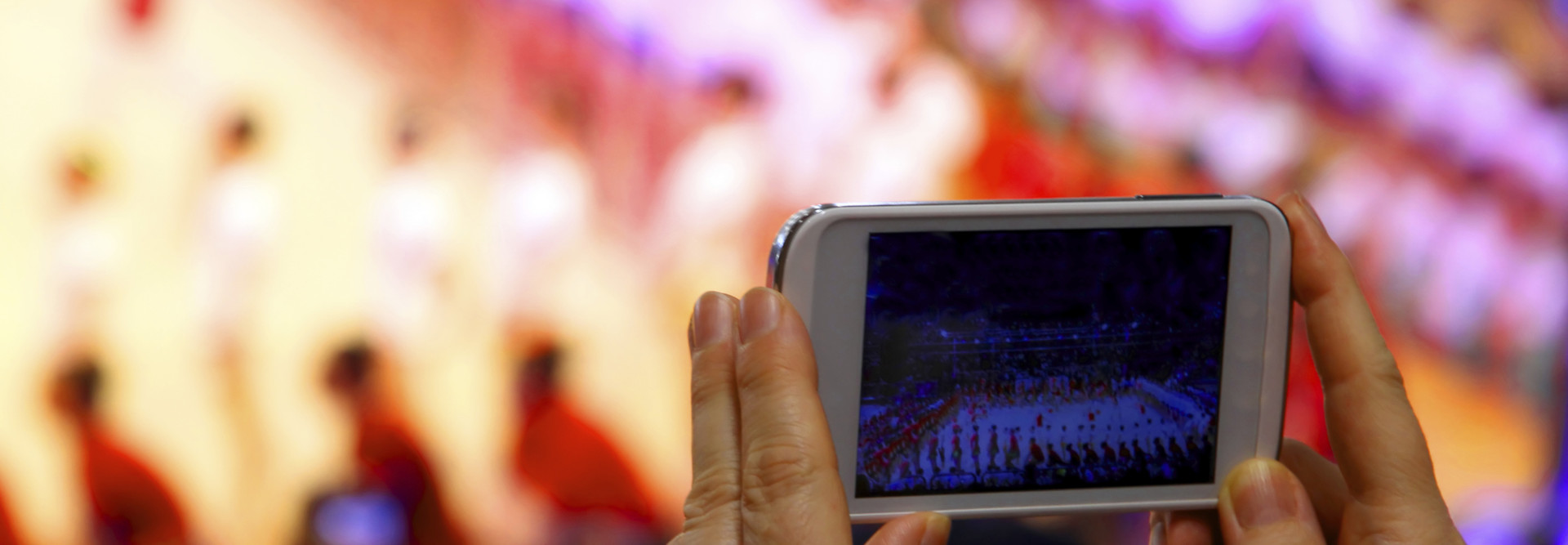How 4 Universities Are Using Apps and Wi-Fi to Make Game Day Even Better
Mobile Sports Report's latest Stadium Tech Report lays out how four institutions — Baylor University, the University of Nebraska, Stanford University and Texas A&M University — have invested in the latest stadium technology to enhance their football fans’ experiences.
There's a huge opportunity for growth in Wi-Fi networks at college stadiums. Only two of the 14 stadiums in the Southeastern Conference (SEC) and two of the 12 stadiums in the Pacific-12 Conference (PAC-12) have fully public-facing Wi-Fi networks, according to the MSR report for the fourth quarter of 2014.
By comparison, 21 of the NFL's 31 stadiums have such technology.
Why the tech holdup for college football stadiums? According to MSR, it comes down to funding and logistics. Deploying cutting-edge technology in aging stadiums can be costly and complicated. There are also some reservations among SEC leadership about adopting stadium Wi-Fi, believing that using cellphones at games “detracts from the game day experience,” according to the report.
But that stance is at odds with how many sports fans now choose to experience their big games — with one eye on the field and one eye on their phone to catch the latest updates and engage in the ongoing game conversation on social media channels.
The University of Nebraska invested in the modern approach. Its stadium's high-speed Wi-Fi network upgrade was accompanied by a new mobile app. The app features multiple live video streams and replays that give Cornhusker fans at the stadium multiple angles of the action, regardless of where they're sitting in the stands.
Baylor University has a similar app with streaming video, statistics and team information, and maps for the stadium and surrounding area that help alleviate parking woes.
Stanford University became one of the first higher education institutions to install fan-facing Wi-Fi at its stadium in 2011. The school also participated in a test recently for a new Pac-12 app, which was part of the conference's attempt to broaden fans' stadium experiences.
A $450 million renovation at Texas A&M University’s Kyle Field is set to debut this year. The upgrades will include a new fiber-optic wireless network to serve its 100,000-plus fans at the stadium. The school opted for optical fiber over copper cable, promising longer legs for the network.
Fans can look for those upgrades and more when the season starts back up in fall 2015.









